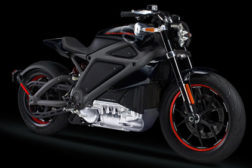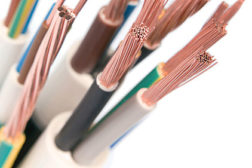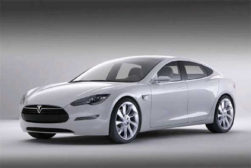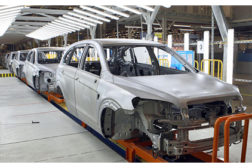Home » electric vehicles
Articles Tagged with ''electric vehicles''
Copper Strikes Back!
New, high-strength copper alloys enable automakers to use thinner wires in their harness designs.
April 1, 2013
Never miss the latest news and trends driving the manufacturing industry
Stay in the know on the latest assembly trends.
JOIN TODAY!Copyright ©2024. All Rights Reserved BNP Media.
Design, CMS, Hosting & Web Development :: ePublishing







